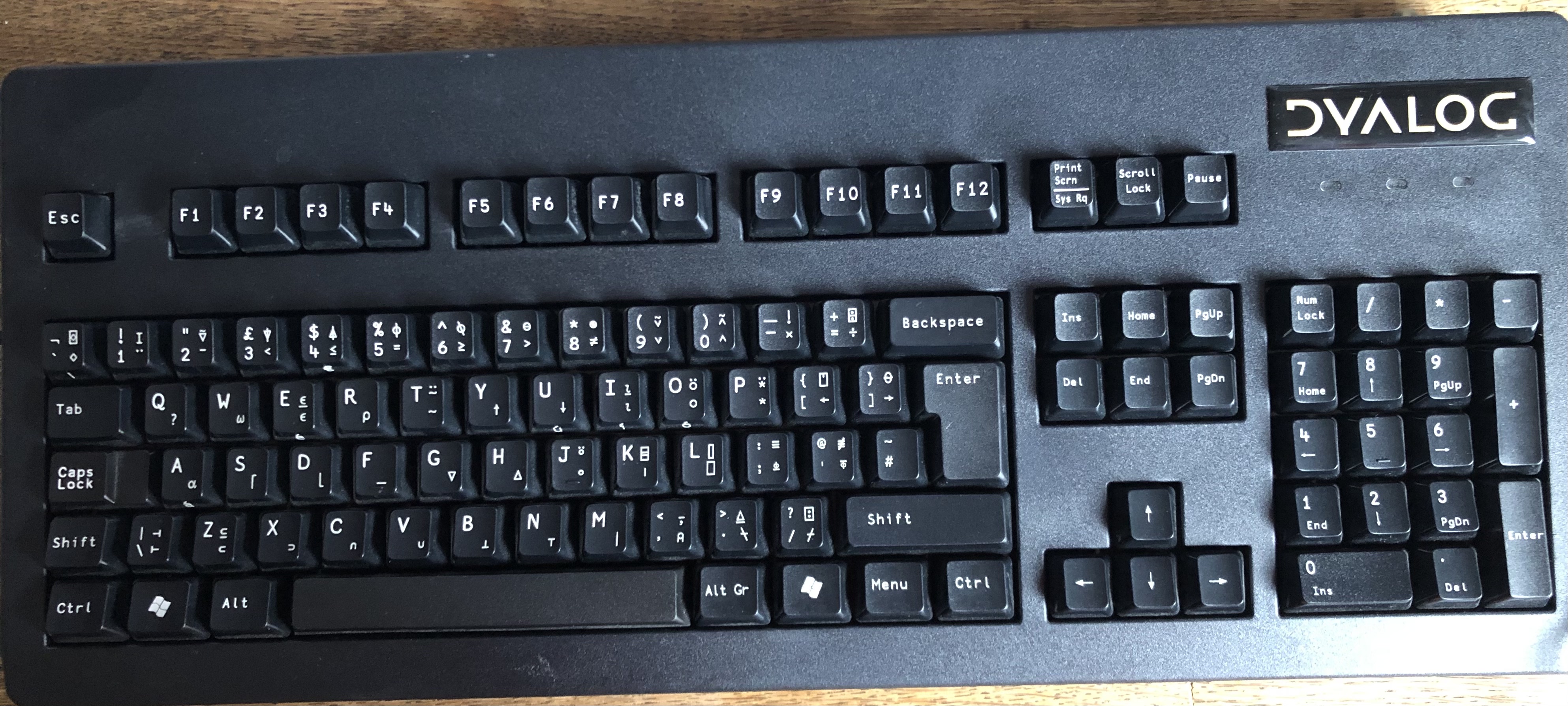Array Programming
There are multiple programming paradigms. Object-oriented and functional programming are the most popular ones these days, and logic programming has at least some niche popularity (ever used Prolog? it's interesting). Put simply, the paradigm denotes the primary means of abstraction in languages representing it. Classes and objects, (higher-order) functions, as well as facts and deduction are constituents of the three aforementioned paradigms, and no news to users thereof.
Also, there's array programming. Here, arrays are the key abstraction, and all operations apply to arrays in a transparent and elegant way. The paradigm is visible in many of the popular programming languages in the form of libraries, e.g., Numpy for Python.
Array programming also has languages representing it that put "the array" at the core and bake the array functionality right into the language semantics. "Baked in" here means that the loopy behaviour normally encountered when dealing with arrays isn't visible: there are operations that apply the loops transparently, and even support implicit parallelisation of operations where possible. One of the more widely known languages of this kind is R, which is rather popular in statistics.
All of array programming stems from a programming language coined in the 1950s named "A Programming Language" (not kidding), and abbreviated APL. This language is most wonderful.
APL's syntax is extremely terse - many complex operations are represented by just one single character. As a very simple example, consider two arrays a and b with the contents 1 2 3 and 4 5 6. Adding these pairwise is simple: a + b will yield 5 7 9. Look ma, no loops. As another example, taking the sum of the elements of an array is done by using the + operation and modifying it into a fold using /: +/a will yield 6.
You see where this leads. APL code is very condensed and low on entropy. Many complex computations involving arrays and matrices can literally be expressed as one-liners. John Scholes produced a wonderful video developing a one-line implementation of Conway's Game of Life.
Indeed, there are numerous special characters in the APL syntax, and IBM used to produce dedicated keyboards and Selectric typeballs for the character set. To this day, it's still possible to buy APL keyboards. Here's mine. Look at all the squiggly characters!

After making my way through an APL book, I wanted to write a little something on my own, and ended up doing a BASE64 encoder/decoder pair of functions. They're both one-liners, of course. Admittedly, they're long lines, but still. I've even documented how they work. Looky here.
While you may wonder about the practicability of such a weird language, be assured that there's a small but strong job market. Insurance companies and banks are among the customers of companies like Dyalog, which build and maintain APL distributions. Dyalog APL is available for free for non-commercial use.
Tags: hacking